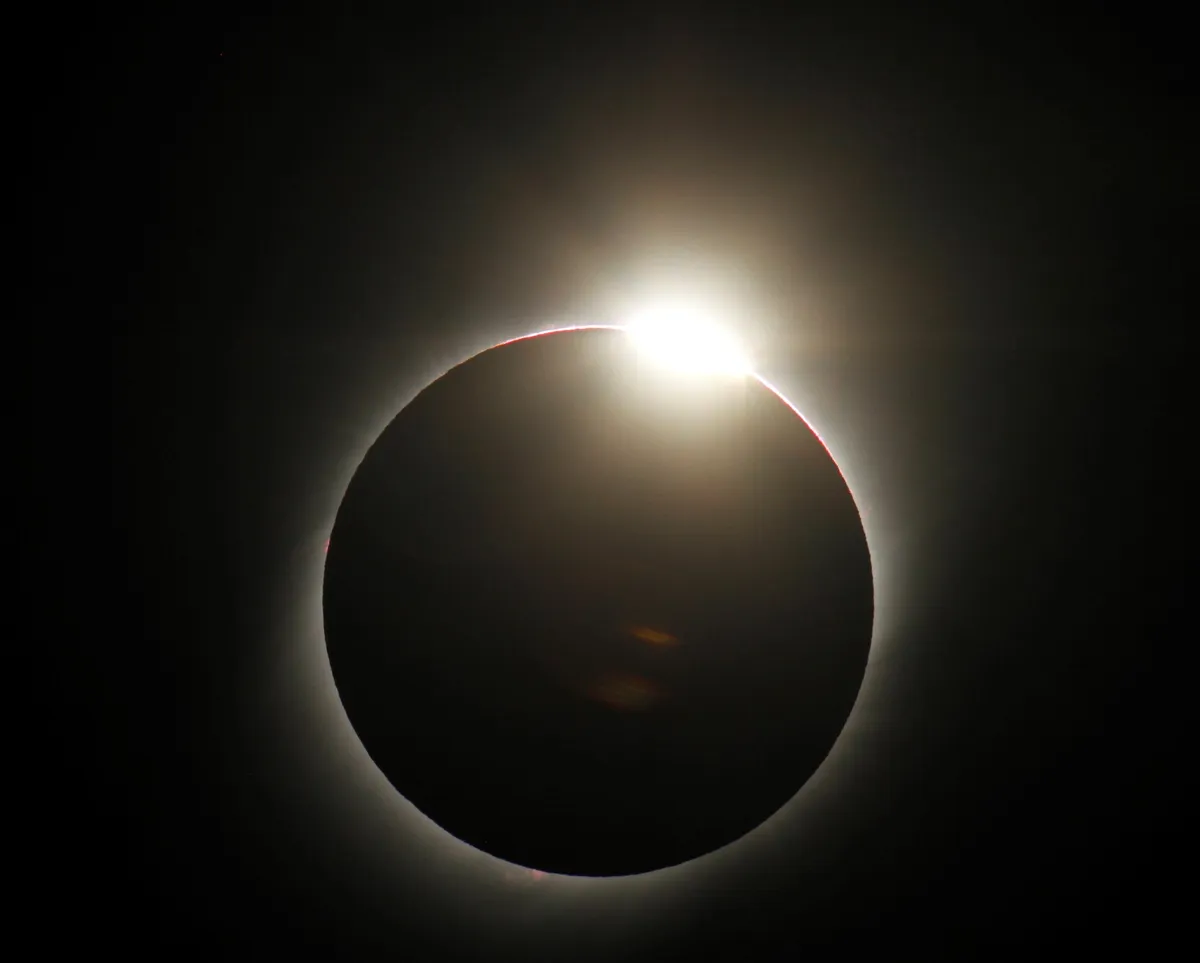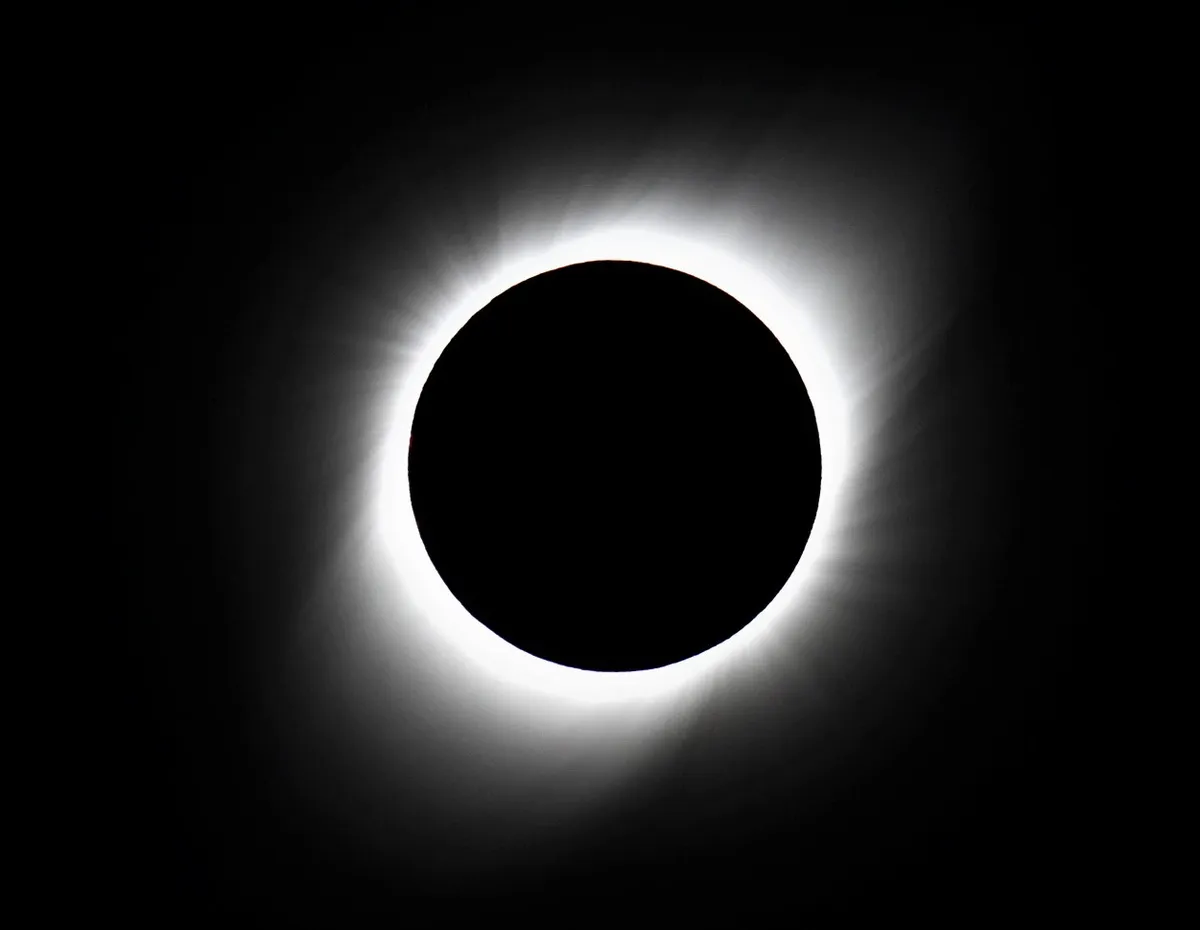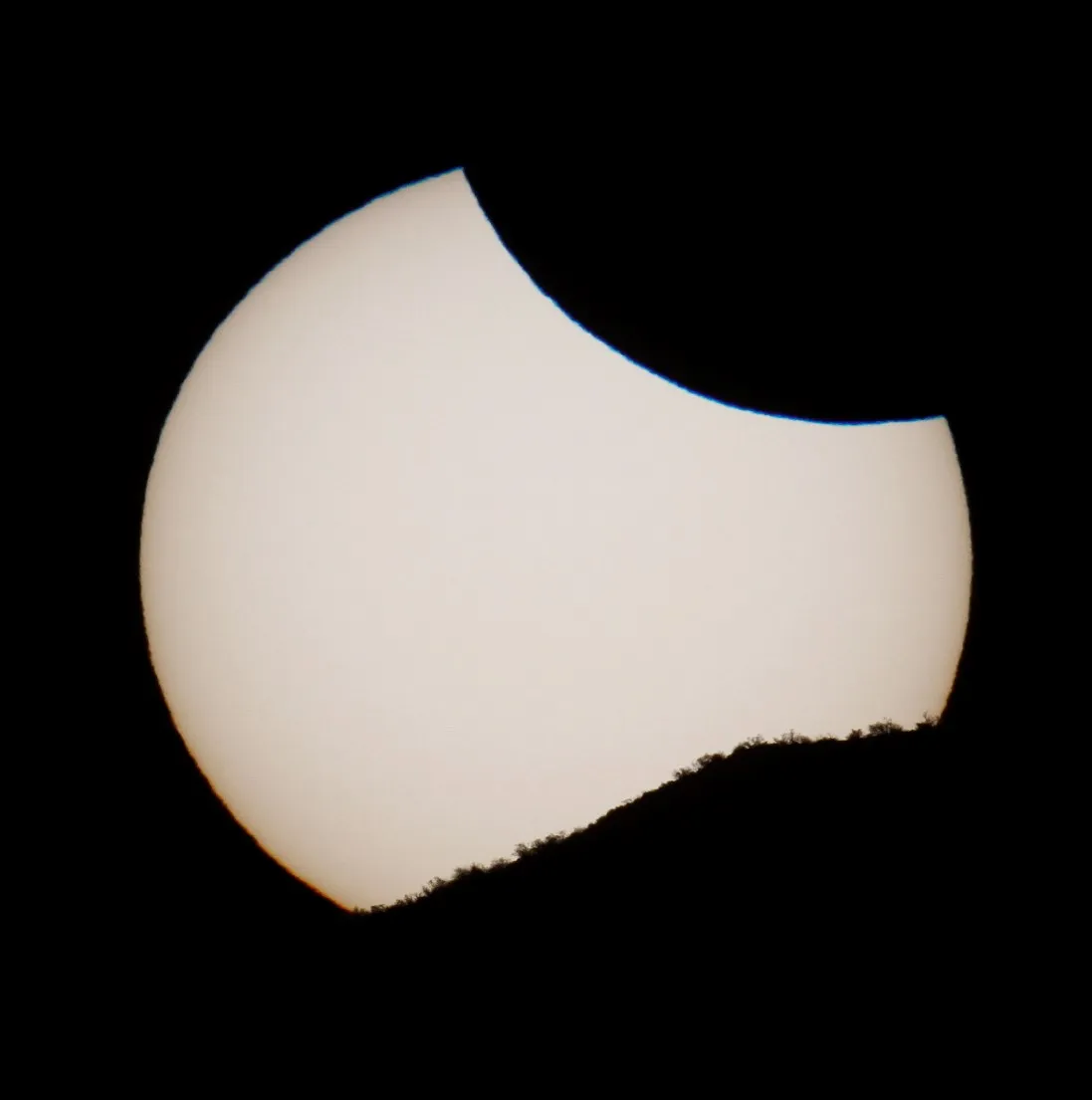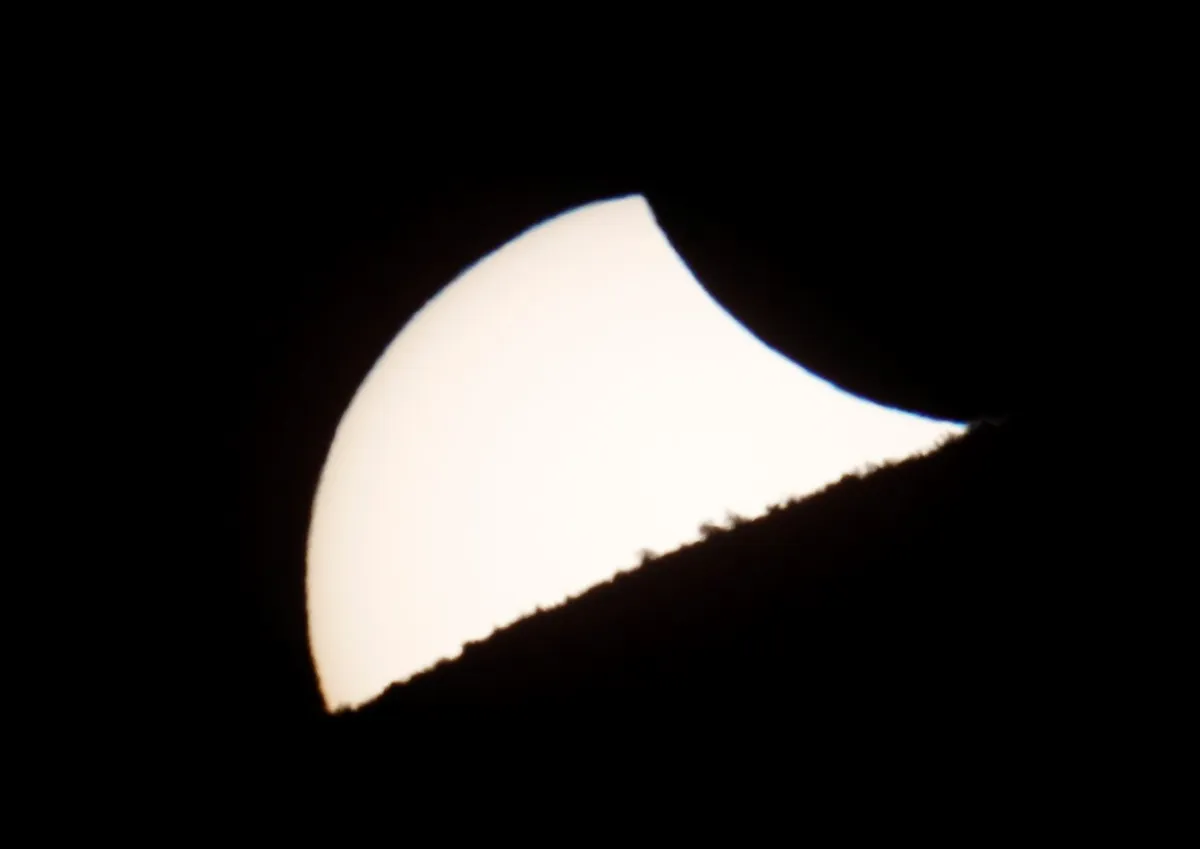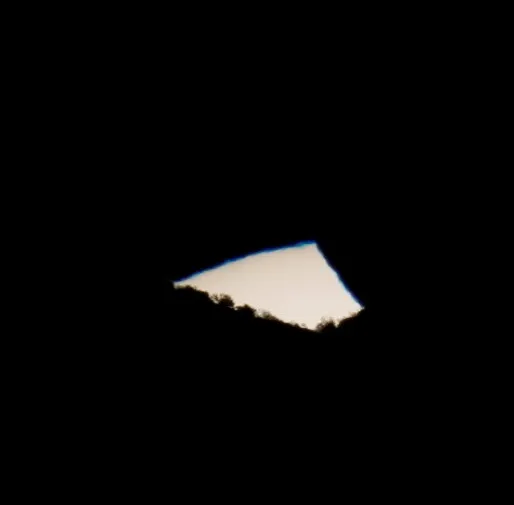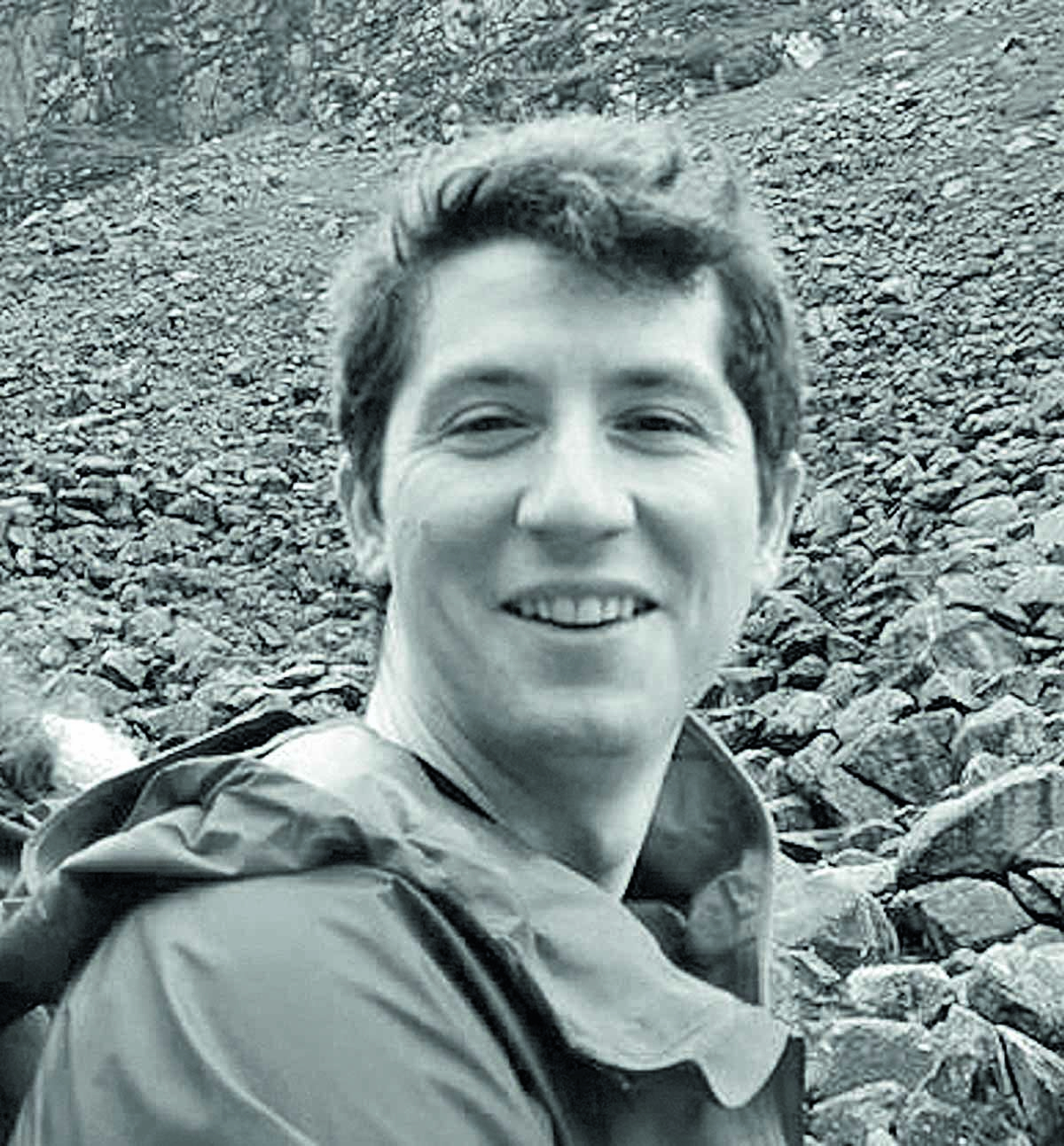It's been a spectacular day by any measure. Clear skies greeted early risers and eclipse chasers in La Serena, Chile.No one likes to count their chickens early, especially 11 hours before totality, but it was obvious that clouds would play no part in this eclipse over Chile.
While the vast majority enjoyed a lie-in on the coastal town of La Serena, tens of thousands elected to drive, bus and hitch-hike to the mountainous region of Vicuña - home to many of the world's best observatories.
I arrived at Mamalluca Observatory at 7am. The space was reserved for several teams of university scientists and a travel group of serious amateur astronomers.
Professor Martina Ardnt of Bridgewater University was leading the trip of a lifetime for her science students.
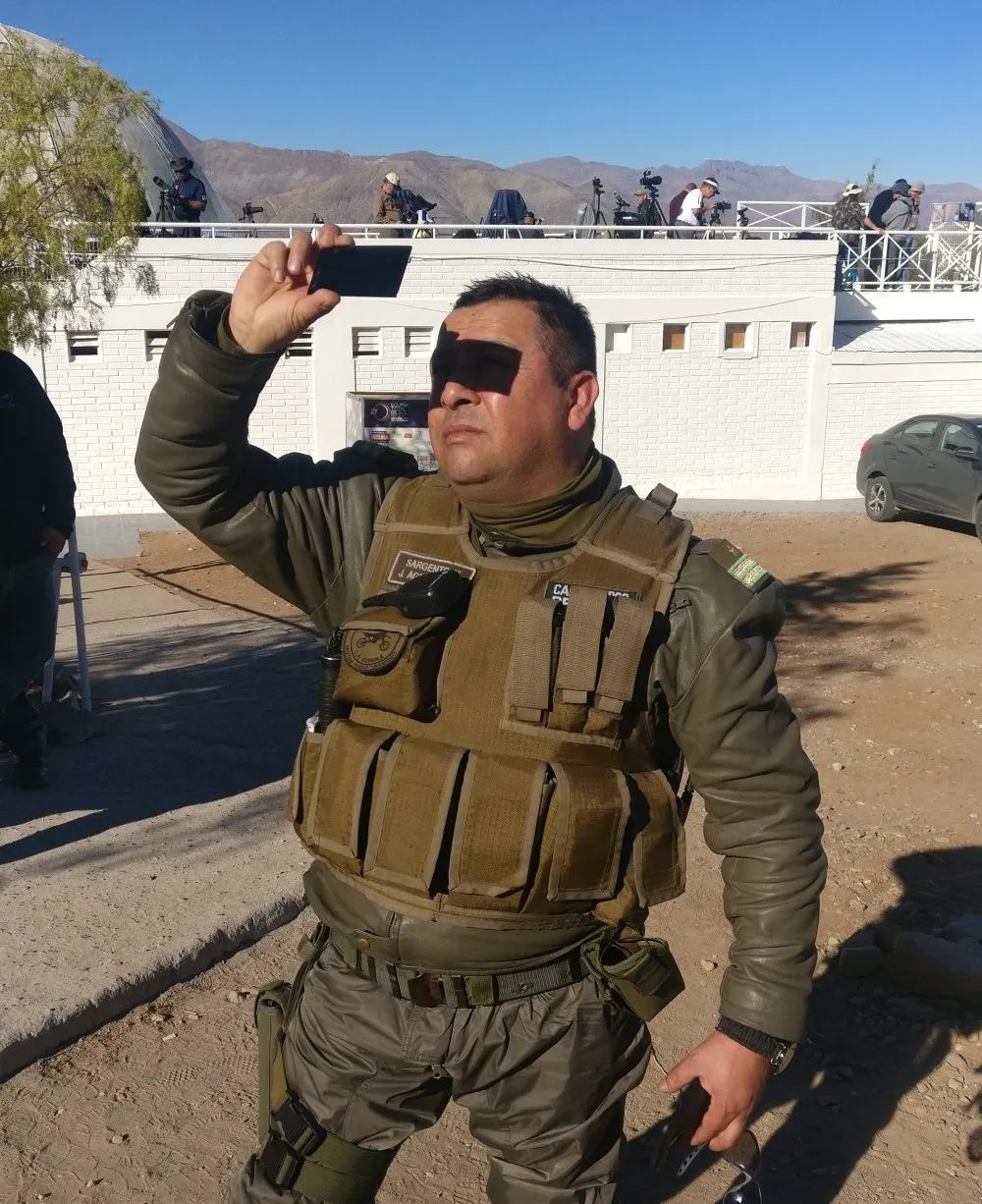
She is a member of a group of scientists known as The Solar Wind Sherpas.
As Professor Ardnt explained, their aim was to take measurements of the inner solar corona in order answer questions about coronal heating and the solar wind.
Their group, who had shipped between 1 and 2 metric tonnes of equipment, was one of three Sherpa groups across the path of totality.
On the hill outside the observatory, large numbers gathered to watch the solar eclipse.
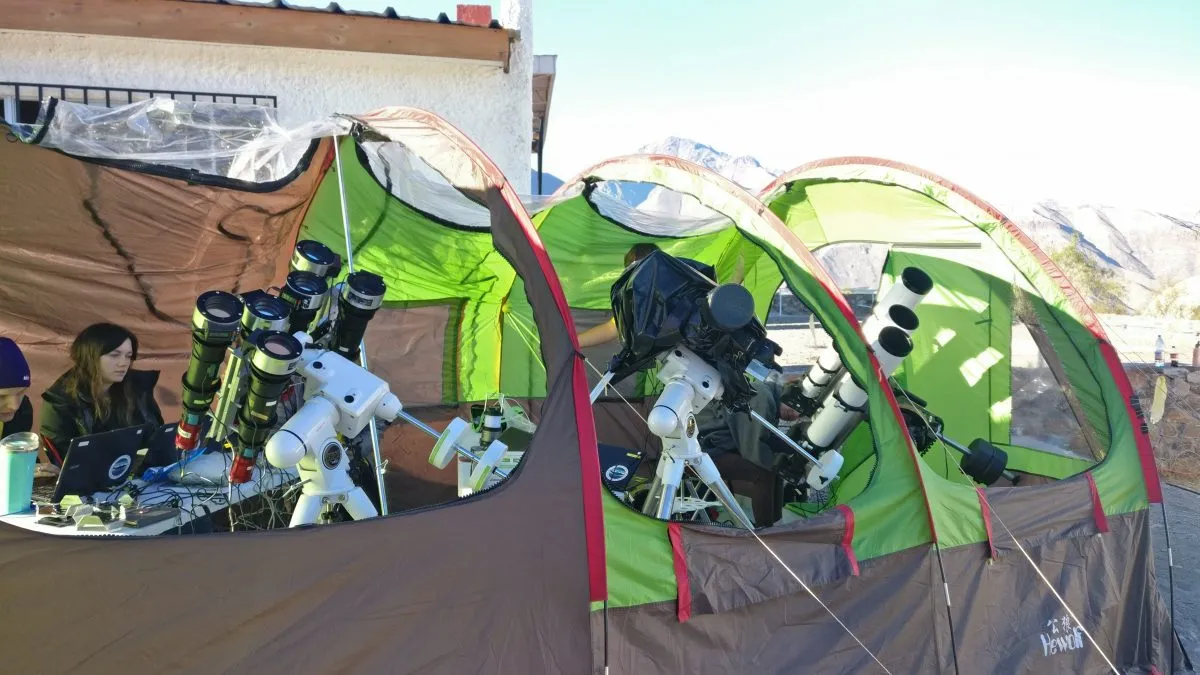
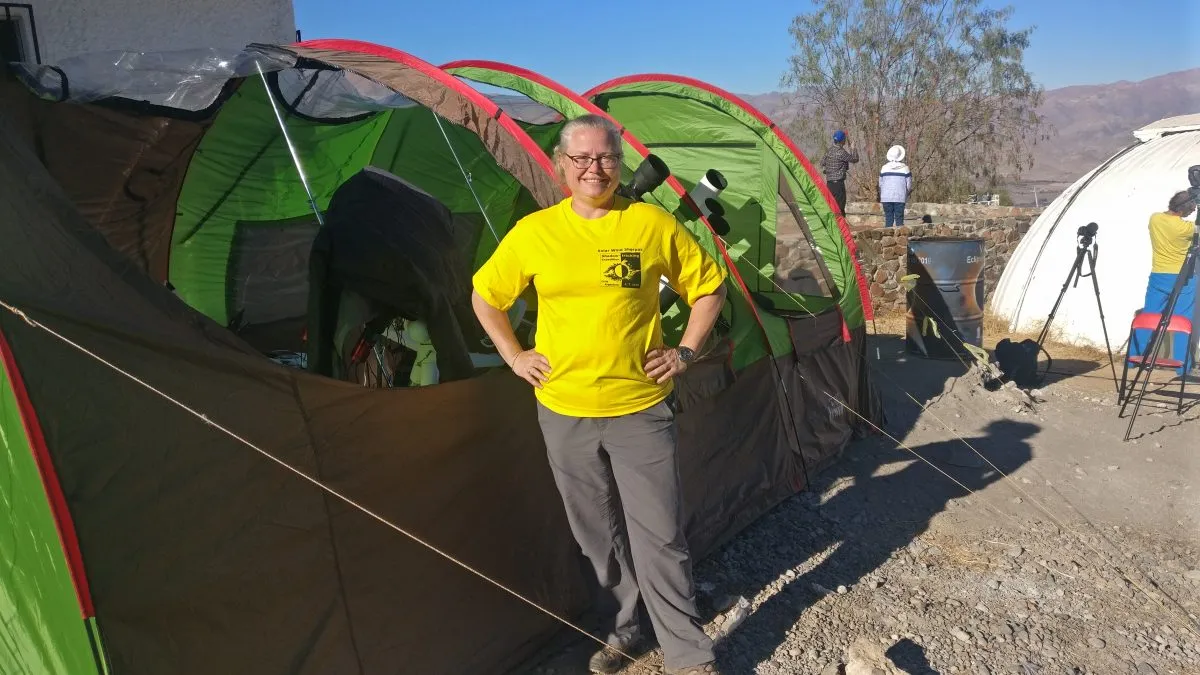
I joined a group run by Daniel Oppliger of Tropical Sails; a combination of eclipse veterans and eclipse newbies.
First contact, the moment the Moon takes its first bite of the Sun, came at 3.23pm.
The celestial show had started. There was a relaxed atmosphere as the chunk grew deeper.
With almost 60 per cent of the Sun covered, a small wind picked up and the temperature dipped.
Seven minutes before totality, some keen-eyed individuals picked out Venus with the naked eye.
Shadow bands, atmospheric disturbances that look like ripples of light on the bottom of a swimming pool, were visible on a white sheet that the group had placed on the ground.
The valley in front of us allowed us to see the growing shadow of the Moon form before our eyes.
The last sliver of sunlight was broken by a lunar peak a full minute before totality.
This was clearly visible with filters, and not something I had seen before.
The diamond ring - the last embers of the Sun shining through the lunar valley - became visible to the unfiltered eye.
The crowds around me screamed in excitement. I went to work photographing totality for a single minute.
Photographs captured, I focused my new Canon 15x50 IS binoculars on the Sun.
The view was breathtaking. Totality, magnified in stereo, gave a completely different view to the naked eye.
A gigantic prominence hung loosely off the Sun at a 7 o'clock position.
I passed the binoculars to my wife, Dr. Mary Dobbs.
She noted that the view of chromosphere was incredible and said the binoculars were "much better than previous telescope views of totality. They give the whole picture".
The chromosphere gave way to the second diamond ring and the crowds whooped and cheered again, celebrating the end of a beautiful eclipse.
Shadow bands, atmospheric disturbances that look like ripples of light on the bottom of a swimming pool, were visible on a white sheet that the group had placed on the ground.
They're relatively rare to see. Unfortunately the camera couldn't pick them out due to their low contrast but several people, myself included, saw them clearly with the naked eye.
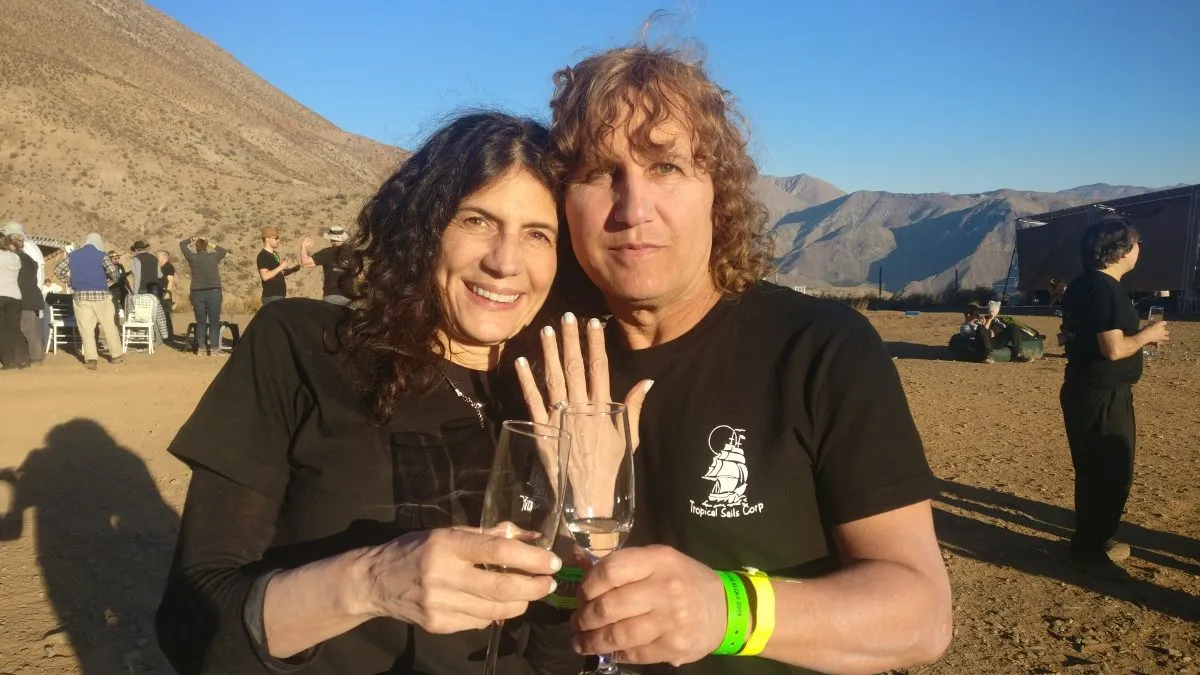
For Bobbi Ann Chanfer, there was a third diamond ring.
Her boyfriend, Professor Matthew Halper, dropped to his knee and asked her to marry him.
He presented her with a diamond ring, inset with a black diamond on the opposite side of the clear diamond.
Held to the light, they create an eclipse effect. Two small rubies flanked the black diamond to act as prominences. Bobbi said yes!
And so the celebrations of a beautiful eclipse had extra meaning.
The Chilean eclipse of 2019 was truly unforgettable.
